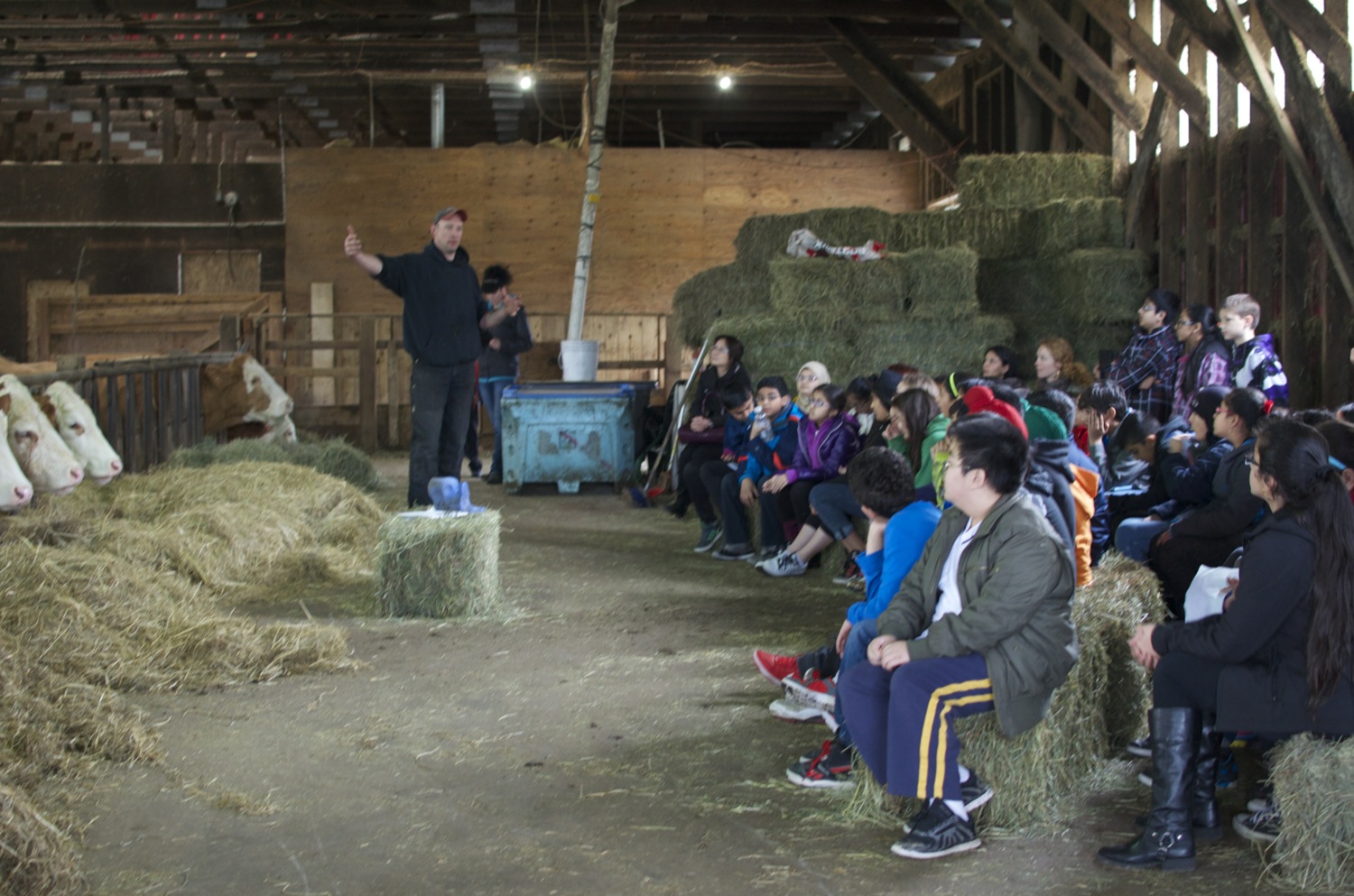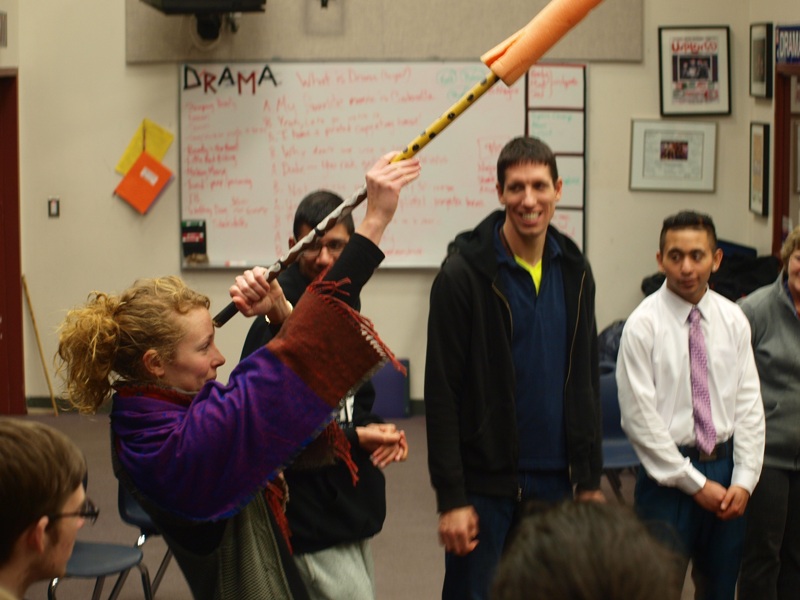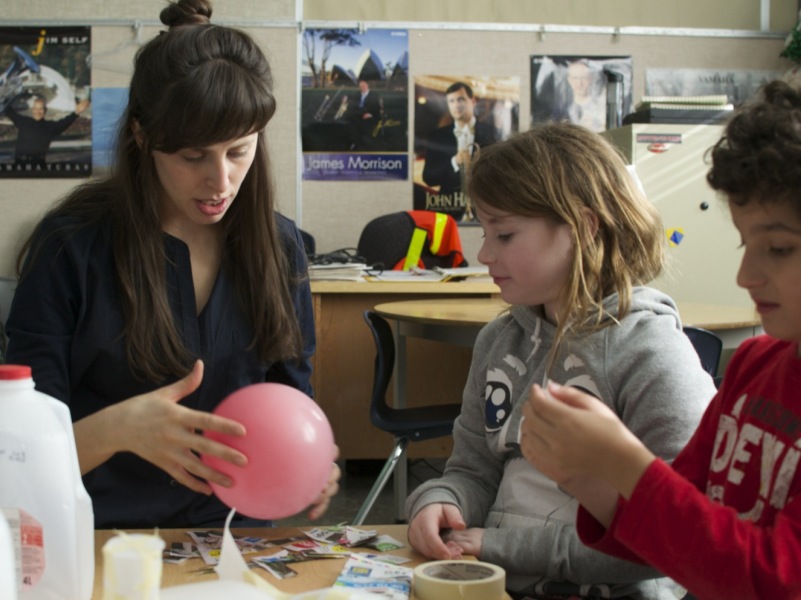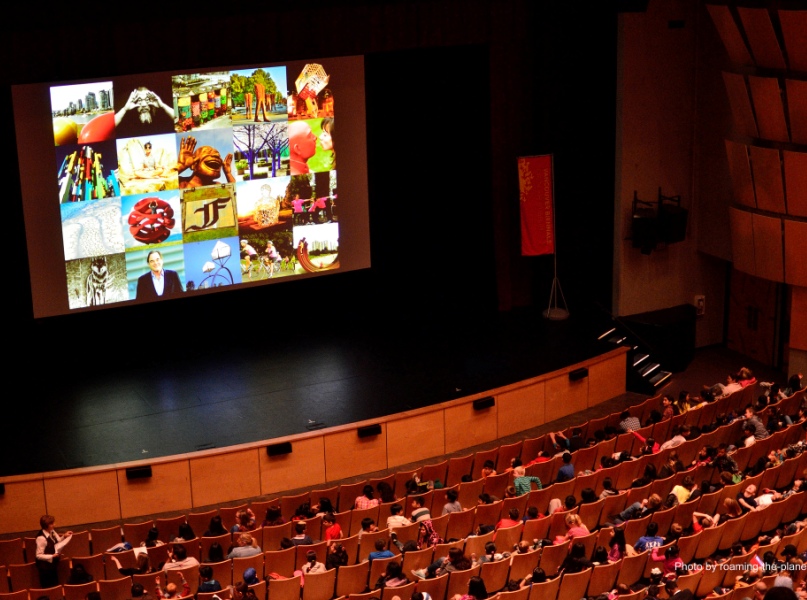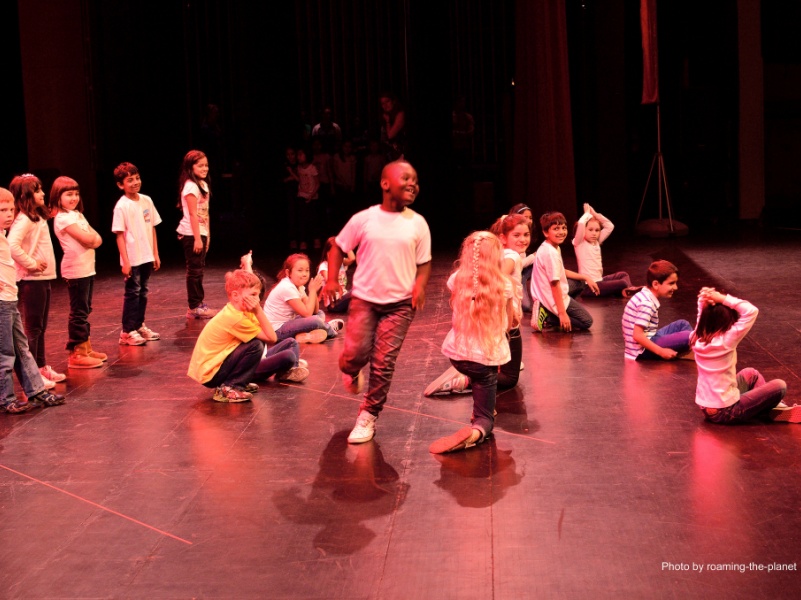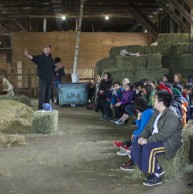Surrey Schools: Farming, Food Systems & Sustainability
Arts Education, Information Technology, Language Arts, Social Studies, Art & Farming
School: 11 Surrey Schools
Class: Grade 1 - 12
Schools/Teachers/Artist Team
A Surrey School District Wide Project
Project Organizer:
Carol Sirianni, Surrey Schools Fine Arts Helping Teacher
Elementary Schools
Berkshire Elementary: Kyla McNeil/Teresa (Tree) Walsh
Bonaccord Elementary: Leanna Donders/Teresa (Tree) Walsh
David Brankin Elementary: Diane Jones/Brendan McLeod
East Kensington: Jennifer Stewart/Julia Kreutz
Ellendale Elementary: Tamara Fransen/Brendan McLeod
Laronde Elementary: Sylvie Afilal/Julia Kreutz
Maple Green Elementary: Rajbir Lamond/Julie Lynn Mortensen
Strawberry Hill Elementary: Navnit Dosanjh/Julie Lynn Mortensen
Secondary Schools
Earl Marriott: Katherine Manning/Amy-Claire Huetis
Lord Tweedsmuir Secondary: Amanda Okrainetz/Lara Barclay
Tamanawis Secondary: Josh Weiss/Julie Lynn-Mortensen
Connection to the Vancouver Biennale Exhibition
Taking inspiration from the Vancouver Biennale Global Initiative I Have a Dream Community Project, the Surrey school district engaged in exploring, learning and discovering about Farming and Food Systems and their local and global actions and impact.
The I Have a Dream installation by artist Shweta Bhattad was moved to the Surrey School Board office for the students to experience the project on a global level as a part of their learning and exploration process.
Other Resources
A Rocha
BC Hothouse
God’s Little Acre
Rondriso Farm
Overview
As part of the Surrey district wide BIG IDEAS program, 300 students from 11 schools teachers and students explored how food is grown, produced, marketed and retailed. With their teachers, the students examined the approach, challenges and influence of mass corporations versus local food growers. Each school visited and experienced a destination related to farming and food systems including for example a farm, a food wholesaler, manufacturer or retailer. This trip inspired questions and helped students to consider the multifaceted impacts and challenges of farming and food systems. The field trip inspired brainstorming and pushed students to look at the issues from all angles. From this field trip, students and teachers continued their investigation of the big idea through their chosen art medium and then produce a final presentation of their ideas, thoughts, concerns, solutions and suggestions in their chosen art form. Each class presented their work at a Biennale Final Celebration to share with their parents, the community, VIP, and media.
BIG IDEAS
Farming and food growth and distribution have short term and long term social, environmental, economic and health impacts of differing degrees and kinds around the world. How can we consider these impacts along with the sustainability of food growth and food security through the arts?
Guiding Questions
-
How are farming, food supply, and food distribution connected to health, human rights, poverty, hunger, the economy and the environment?
-
What are the issues of water supply connected to food supply and farming?
-
How can individuals participate in food production and food distribution in their communities?
-
How can local farms address some concerns about farming and food systems worldwide?
-
What are the challenges that local and corporate farms must face in selecting and growing crops?
-
How is food important in our home communities both socially and culturally
-
Abstract conceptual ideas of how we could portray human rights impacts of food production through movement. What does poverty and hunger look like emotionally and socially?
-
What causes waste and over consumption and how we can curtail this?
-
Why do we buy what we buy?
-
What are the important things about eating, how does it bring us together and influence our moods and thoughts?
-
How does art and food connect people and things worldwide?
-
Can we connect the elementary fruit and veggie program with school gardens with art?
-
What does the charter of rights say about the rights for children to be fed and healthy?
- Can we think locally and act globally AND also think globally but act locally to all make an impact?
Curriculum Access
Dance – students create a dance piece of any genre that represents students’ explorations of farming and food systems
Spoken Word and Language Arts – Through classroom discussion students used art and descriptive writing to communicate their new understanding and beliefs surrounding farming and food systems.
Visual Art – students created visual art pieces that express the issues around farming and food systems and society’s relationship with food or draw out the modern food chain representing human food and eating patterns and those of wild animals.
Social Justice – classroom teacher, Biennale artist and students worked together to examine exploitation of people and places in the process of farming and food production.
Social Studies/History – classroom teacher, Biennale artist and students explored representations of food and farming through history, showing different methods and perceptions of those methods of food growth, eating patterns, farming and business influence through time. Students explored what progress and what mistakes have been made and how we can improve and build on systems to ensure their sustainability and equal access to all.
Psychology – classroom teacher, Biennale artist and students looked at how food makes individuals feel and act, the marketing of food sales, and manipulations or perceived manipulations by corporations involved in food systems.
Technology – classroom teacher, Biennale artist and students used various technology pieces (ipads, ipods, video cameras, software and laptops) to create expressions of their visions and understandings around farming and food systems.
Learning Process
Each participating class visited a farm, food wholesaler, manufacturer, retailer or producer. This field trip provided an insider view of farming and food systems and helped students to consider the complexities, complications, pressures and influences in farming and food production. This trip gave students firsthand experience with corporate/financial implications of food production and farming and large scale corporation work versus the actions of small, local farmers. Teachers and field trip facilitators at the destination provided factual information and lead discussions on issues related to farming and food production that will allow students to ponder, consider solutions or ideas, identify their own areas of concern, think about individual’s role and impact on farming and food production and develop an appreciation for the complex process of getting food from farm to table.
Teachers asked students during and after the trip to express their learning from the field trip and to explain what they saw and heard that they expected, and what they did not expect. This discussion and the field trip acted as a launching pad for the class’s work with their identified artist and the topic and issues they wish to consider and express through their art project.
East Kensington – Visual Art
East Kensington Heritage Elementary is SD36’s smallest school in Hazelmere area of Surrey. The school offers a family atmosphere with multi-age classes and whole school activities, while focusing on traditional values and environmental awareness. The grade 2/3/4 class of 16 students created oil pastel drawings and paper mache sculptures of their favourite foods while learning about the process involved in getting their food from the farms to their tables.
Strawberry Hill – Drama
The grade 5 students from Strawberry Hill want to convey the message that we should always believe in our dreams, they want everyone to keep dreaming – no matter what your age, and they want you to DREAM BIG, for yourself and for the planet. The students created a performance around one student’s personal BIG DREAM to become a travel writer. In their play, the audience will travel around the world with her, to explore global, as well as local, perspectives on issues facing farmers today. The message is no matter where we go and what challenges lay ahead, in this play and in life, there is always hope as long as we stay true to Shweta and Martin Luther King’s vision to always have a dream and work towards it!
Berkshire Park – Dance
The grade one students at Berkshire Elementary have been learning about the importance of healthy food, where food comes from, and how it can affect the way we feel. During their study, students visited a local farm called A Rocha, grew their own plants, and studied the journey of various foods. The students then worked with Theresa Walsh to create a dance titled “You are what you eat” that shows the importance of making good food choices for our bodies. The students learned that eating fresh, local food helps us feel good, healthy, and strong. The students also explored the importance of limiting harmful or “sometimes” food that makes us have little energy and weaken our bodies and minds.
Ellendale – Spoken Word
The Ellendale 6/7 Class responded to the Biennale work I Have a Dream through the art form of spoken word. After studying the positive and negative effects of food production and consumption, the class collaborated on the writing, choreography, and rhythm of an original oral piece, using their own words, which examines the health and safety of the farming and food industries.
Earl Marriott – Visual Art
We thank you Biennale and Surrey School District for giving our Senior Art students of Earl Marriott Secondary the opportunity to work with installation artist Amy Huestis.
Using lights as our material source and food as our medium our students created videos and paintings on the theme of food and its connections. Some videos gave us a glimpse of the restaurant business, while others focused on seeds. In teams, students built the installation using projectors, computers to cast imagery on to many different materials such as fabrics, mirrors, plastic cups, umbrellas, even the cake was a medium for the video projections.
To follow, students used information and questions from their instructor as a guide in the creation of their paintings. A field trip to the BC Hothouse plant capped off their research, resulting in some interesting approaches to food, its practices, its politics and its social and cultural connections.
Maple Green – Drama
Upon visiting the fabulous Rondriso Farm in Surrey, the Grade 6 students of Maple Green were fascinated to explore the differences between industrial and organic farming. Industrial farming that relies on chemical rather than natural inputs is now considered the conventional choice. However, Maple Green students witnessed the magic of a fully self-sustainable operation where the cows on the farm created compost for the fields and the farm’s businesses flowed according to the cycles of nature. They realized many modern farms have a lot to remember about how to grow food naturally in order to become more organic, but also that many modern technological innovations can really support a farm’s success. Their performance invited the audience to visit their farms” Adam’s Apple Farm and Linda’s Exotic Organic Produce – to explore how we can make the best of both worlds!
Bonaccord – Dance
On this inquiring journey, grade 2 students from Bonaccord Elementary created a dance, to use as a medium, in which to share their learning experiences about agriculture, food, and environmental sustainability both locally and globally. They realized that it is easy to make rigid rules and judgements about what we think is good or bad, but finding solutions is not always that simple. What might be helpful in one circumstance could be hurtful in another, and vice versa. As Ani Difranco says…”Every toll is a weapon if you hold it right.” Much of the inspiration and dialogue for this piece was taken directly or adapted from Martin Luther King’s famous speech, “I Have a Dream”, as well as, Severn Suzuki’s UN address in Rio in 1992. Bonnacord’s grade 2 students say: Together, We have a dream!
Tamanawis – Drama
This is the first public performance for our grade 11/12 class at Tamanawis. In preparation for this performance, we visited A Rocha Farms in Surrey, and brainstormed many of the issues related to farming and farm practices. Many of the secondary drama students from Tamanawis Secondary were pretty surprised when they arrived to A Rocha Farms. Their Surrey neighbours introduced them to a modern farming lifestyle that was far more complex and fascinating then they had ever imagined farming to be. One key idea that the students took away from the visit was how interconnected all aspects of farming are. Deeply inspired by their dedication, efforts, and community, they decided to explore what might happen if several diverse groups of Vancouver city folk ended up on a farm and needed to perform the most basic task of a farm’s operations. Their play involves the audience to find out how they farm, in their production of FARM WARS!
Laronde – Visual Art
This presentation is the work of Mrs. Afilal’s (pronounced A-FEE-LAL) Grade 2 French Immersion students from ecole Laronde. Their guiding question was: how does food bring us together and how it separates us? Students enjoyed going to DEC and seeing the I HAVE A DREAM sculpture and comparing it to the different kinds of totem poles that are there. With their family, they chose a recipe of food that brings them together and discussed why it does. In class with their visual artist, Julie Kreutz, they represented the ingredients of the recipe in watercolour. They explored where food comes from by visiting Save-on-Food International; they learned about good nutrition habits; they had a First Nation guest who explained about aboriginal food and how it is prepared today. In Science, they learned about the importance of air, water, and soil, and how it helps plants to grow. They joined the Grade 6/7 leadership group in their school to do some community service at God’s Little Acre. This was their little contribution to try to solve the problem of how food separates us. They are looking forward to return in May and in June.
David Brankin – Spoken Word
The David Brankin grade 4 class studied spoken word with artist Brendan McLeod. They responded to the Biennale work I Have a Dream with a collaborative spoken word piece that deals with issues like pesticides, animal welfare, and transport pollution. In a great team effort, they wrote and choreographed this collaborative piece to share with you today.
Lord Tweedsmuir – Dance
Half a century ago, we thought that water was an infinite resource. Now we are faced with over consumption and must consider ways to use water more efficiently, not only through agriculture but in our daily lives. Lord Tweedsmuir’s grade 10-12 dance class, along with choreographer Lara Barclay, have chosen water irrigation – the artificial distribution of water through land and soil – to highlight an ancient technique that continues to prove its relevance even today. This piece, entitled Passage, draws on the continual flow from a source. Inspired by the use of improvisation, the dancers have sought ways to connect through water imagery and building connective systems amongst themselves.
Student Creation
Students created a variety of poetry, dance, artwork, songs and drama skits exploring the guiding questions for a final performance to share with parents, students, and community partners.
Time Line
Overall Timeline
November – January
Teachers were introduced to the Vancouver Biennale Global Initiative – I Have a Dream Art and Farming project and BIG IDEAS program.
March – April
Students went on field trips to the Biennale I Have a Dream Sculpture at Surrey District Education Centre and a farm or a food distributor such as food wholesaler, manufacturer or retailer.
February – April
Workshops with artists in the classroom and classroom lessons that inquired into the BIG IDEA and Guiding Question
April
Final performance to their peers and community
Reflection
Artist – Julie Lynn Mortensen
It’s been a fantastic project! It was deeply meaningful not to just go in and create art with the kids, but to do so focused on a big idea. It really allowed us to explore what it means to be an artist in our society in a deeper way in the classrooms. Feedback is overwhelming that this kind of learning has helped all of the kids thrive. Many students who don’t normally love learning have blossomed in the project in a huge way. In the process I have also been able to cultivate a depth of connection with teachers that I never have before. We have been learning from each other deeply, reflecting on the project and what it brings out in the kids. That’s so important because teachers are so often teaching in isolation. The tangible aspect of taking a trip to the farm was fantastic because it created a communal bonding experience around the performance that made it much more real and relevant for the kids.
The opportunity for kids to step out on stage and tell a story with their voices, bodies and imaginations, a story they have created, is huge! Thank you immensely for making it happen Katherine Tong & Vancouver Biennale, and thank you for bringing me on board to help make the magic happen!!!
Artist – Julia Kreutz at East Kensington
Over the course of this project I collaborated with Jennifer to assist their students in exploring the topic of food sustainability through fine art exploration. To do this we focused on the Vancouver Biennale artworks, I Have a Dream by Shweta Bhattad. We went to the sustainable farm model of A Rocha and we explored global issues when it comes to food transport.
Our question that led the project was, “Is a long chain or a short chain best when it comes to getting the food from the farm to our plate?” We explored global warming, factory conditions, but also global economy and the creation of work for individuals around the world.
To open the project I met with the students and they shared with me their personal relationship to farming, gardening and food in general. East Kensington is a small Heritage school in the South Eastern corner of Surrey. It exists in the middle of farmland and many of the students have some sort of relationship to food growth or with raising animals. This knowledge from their own experiences was vital in our exploration into what is sustainable and just when it comes to consumption and farming. However, it also played into their sometimes-conservative views on the matter of farming and economy.
We talked about food justice and viewed some of Martin Luther’s speech, the project of Shweta Bhattad, looked at factory farming, looked at global warming and then we had the students explore long and short food chains of their own.
Each student chose a favorite food and they explored what might be a long chain of events from farm to family and then they explored what might be a short chain from farm to family. After which we explored the pros and cons of each of these and the students drew creative pastel depictions their chain of events and wrote an explanation for their images.
Then it was off to see the sculpture “I Have a Dream” and the sustainable farm of A Rocha. This was a great hands on experience for the students and they really enjoyed interacting with the animals and learning from the guides on the farm.
Our next art exploration was to recreate their food from their drawings into a Paper Mache sculpture that would then have some advertisements of processed food collaged onto the final piece. To the students this was a way to represent the notion of how we view contemporary food and making sure people understand the source. This was a great, messy, engaging activity and new for most of the students.
Overall it was great to work with this multiage class and it was a nice school community to work with.
Artist – Julia Kreutz at Laronde
Over the course of this project I collaborated with Alfilal to assist their students in exploring the topic of food through fine art exploration. To do this we focused on the Vancouver Biennale artworks, ‘I Have a Dream’ by Shweta Bhattad. We went to the International Price Mart, and the students went to, “God’s Little Acher”. They grew plants in their classroom and had a visit from an indigenous woman who talked to them about how indigenous people in the area used to hunt and gather food. Their teacher was very engaged with the project and made almost everything they did in the classroom for the month about our theme.
Our question that led the project was, “how does food connect us and how does food separate us?”
To open the project I met with the students and they shared with the class which special dish brings their families together for special occasions. We talked about food justice and viewed some of Martin Luther’s speech and the, I Have a Dream “ project of Shweta Bhattad, We explained to the students that sometimes to know if the food we are making is just we have to understand where all of the ingredients come from. The students were asked to meet with their parents and choose an important recipe to their families, one that brings them together or speaks to their culture.
Then it was off to see the sculpture “I Have a Dream” and to the International Price Mart where the students explored the packages on the food to discover where the items on their recipe come from.
Then with this knowledge we created illustrations of their recipes that explored their ingredients. We used watercolour and fine liner as the medium and created patterning out of each item of food. The students were able to look up ingredients that they did not know and figure out what it looked like at different stages of growth and where it came from. These watercolours were very detailed and worked on with such care by these young students. We also explored creative lettering to help them to write out their recipe title in an interesting way that depicted the foods within it. This collaborative illustrative recipe book not only shared how the food brought their families together, but it also really brought the students together. They felt excited to share with each other about their recipes and the special moments that they create.
We also started getting into talking about how we need to know where our food comes from to make important choices around what food we choose to eat. We talked about concerns about getting all of your food from other places in the world and how doing this really separates us from our food and the people that grow it.
Lastly I created a video with the voices of the students sharing important parts of the project for them in English and also sharing how the food brings their families together in French.
Overall it was amazing to work with Sylvie and this class of eager and inquisitive students.
Artist – Teresa Walsh
This project was TRULY an incredible collaboration between the students myself and the teacher. I started each class with with lots of team building, practice being vulnerable
theGROOVE – the first session of each class I started with theGROOVE EDGEucation so they could both start on a level playing field of not worrying about what they look like or judging their movements etc and to lay the foundations for the structured improvisation methods we were going to use in creating their pieces.
TEAM BUILDING and VULNERABILITY – we spent many sessions doing movement related team building exercises such as pass the clap, speaking to each other with movement games, mirroring etc. to bring up teachable moments on how we wanted to treat each other during the process of this co-creation and using examples of the kinds of things that may come up during the process and how we are going to work together to handle them. I worked on modelling vulnerability and showing the kids that I supported everyone in being vulnerable and protected their vulnerability against any attempts to squash or thwart it by any other team members either accidentally or intentionally
I HAVE A DREAM/BIENNALE SCULPTURES – Introduced the idea of a large scale project like the I Have a Dream project to help the kids connect to what we were doing and how it related. Kids really enjoyed seeing the pictures of the project as well as the sculptures and connecting these projects with their everyday lives and our project.
BRAINSTORMING and BUILDING PIECE STRUCTURE – Once we had a relatively solid foundation of trust with being vulnerable with each other we started brainstorming. We first generated initial ideas then I took them back and formulated my perception of what to do with next steps of the project then went back and presented them to the kids and repeated this until we finished the concept and started working on how to show it with dance. Each time we began brainstorming/working on the construction of the piece etc I reminded the kids of the guiding questions, big ideas and recapped the basic structure of what we had decided last time so we were all on the same page and reminded them of the big ideas. They came up with many of the concepts and ideas themselves (Berkshire the food fairies and Bon Accord the pesticides and farmland destruction themes) and then I worked to tie them into the Big Ideas as well and helped them to continue to paint a picture of what they were looking to express with their pieces based on our work together. I put together the music on my own based on what they come up with and my vision of how to represent it then worked together to fill in the blanks with movement.
REHEARSAL AND POLISHING ETC – Worked together as a team to practice the sequences and test ourselves to remember what happened first second third fourth etc and continued to help the kids enrol themselves in the story and the project in general to help them to motivate themselves to push hard to practice. Once the kids understood the big picture of the connections and symbolism and all of the work they put in they were incredibly happy and proud of their projects.
Credits
All photos at the Bell Performance Centre taken by roaming-the-planet

